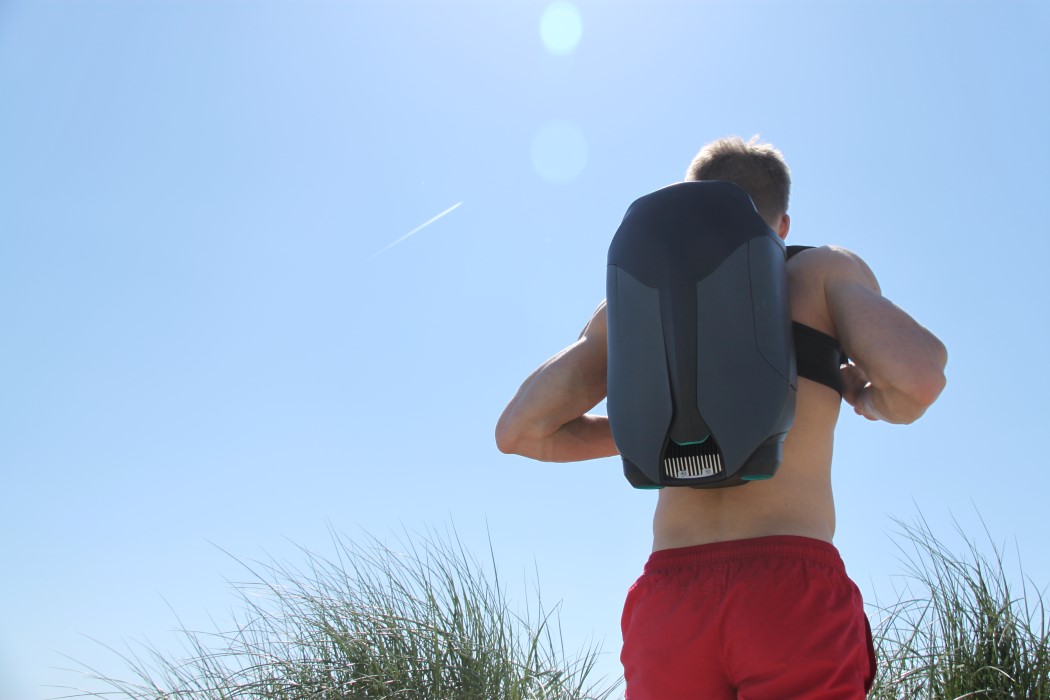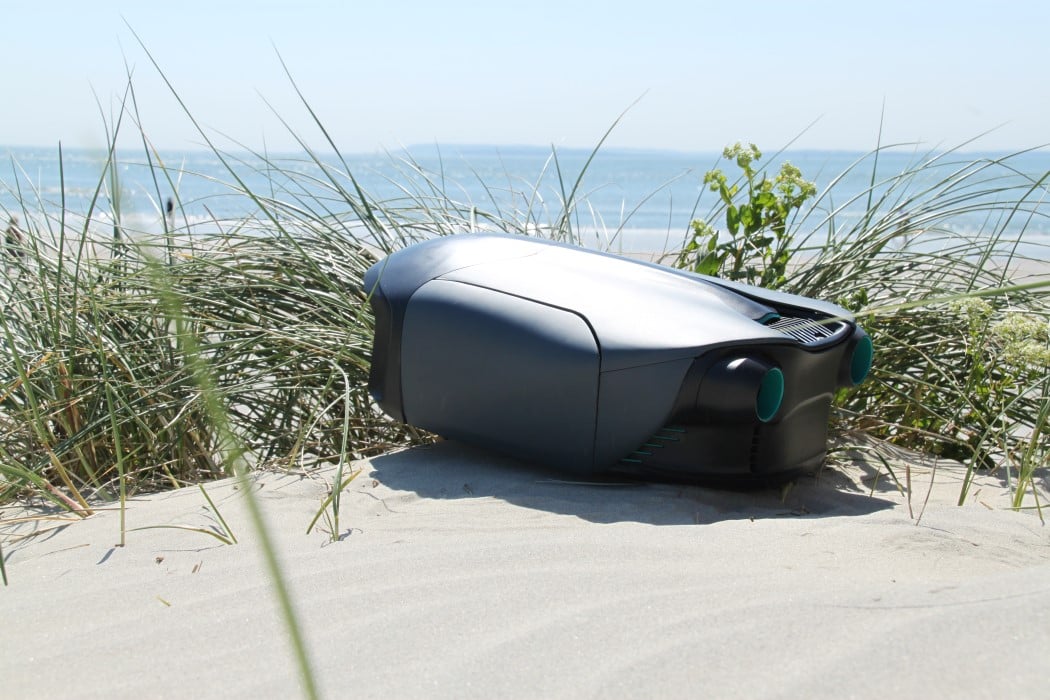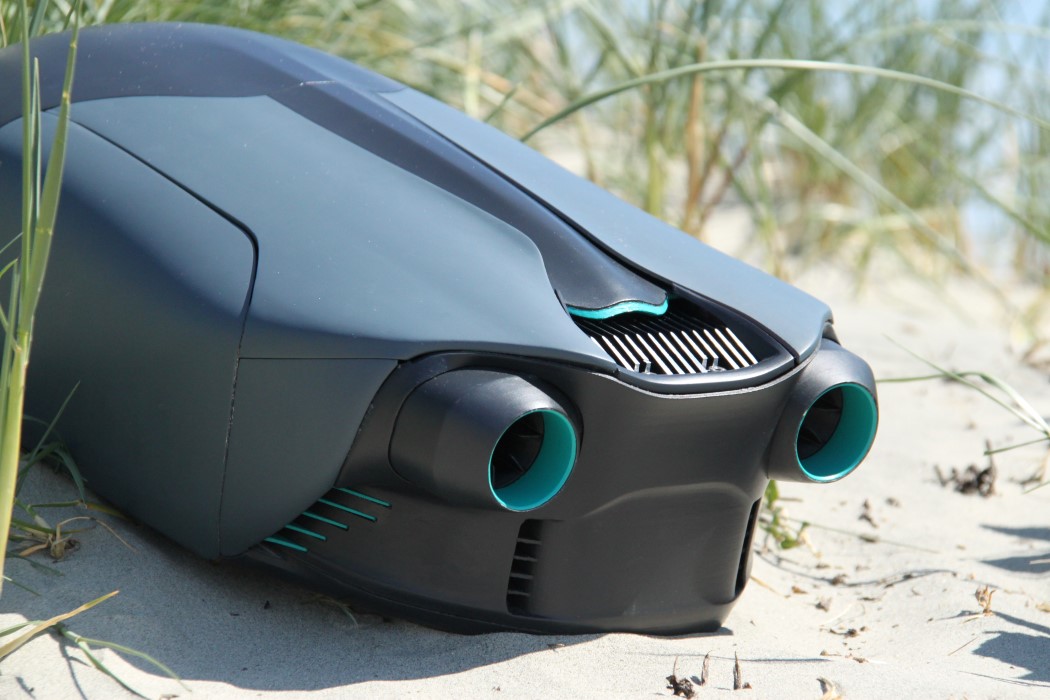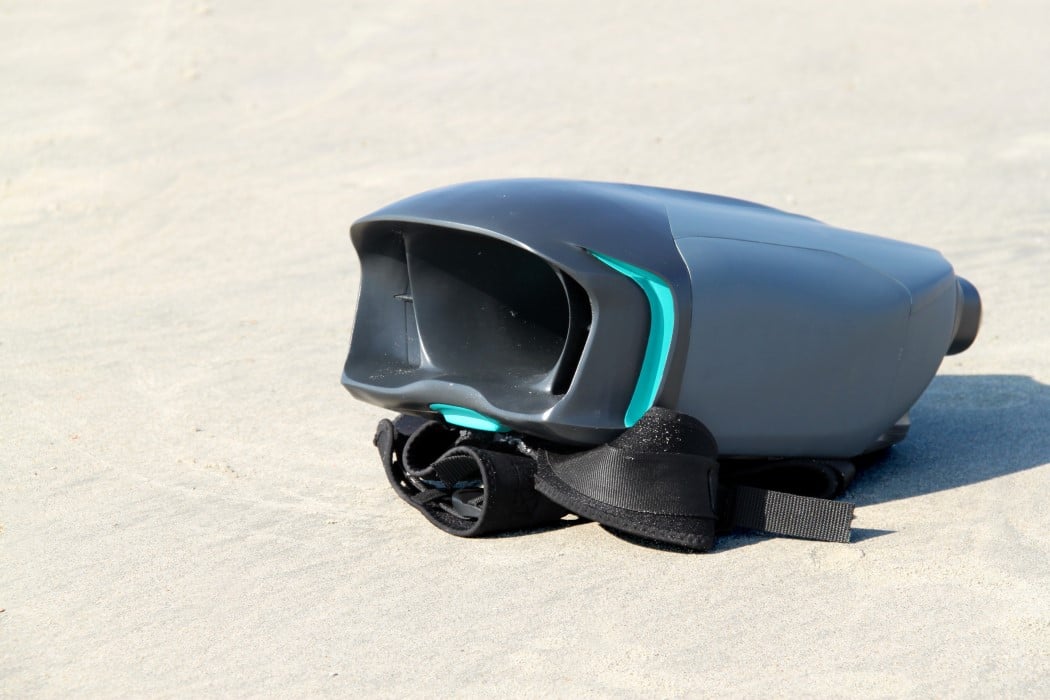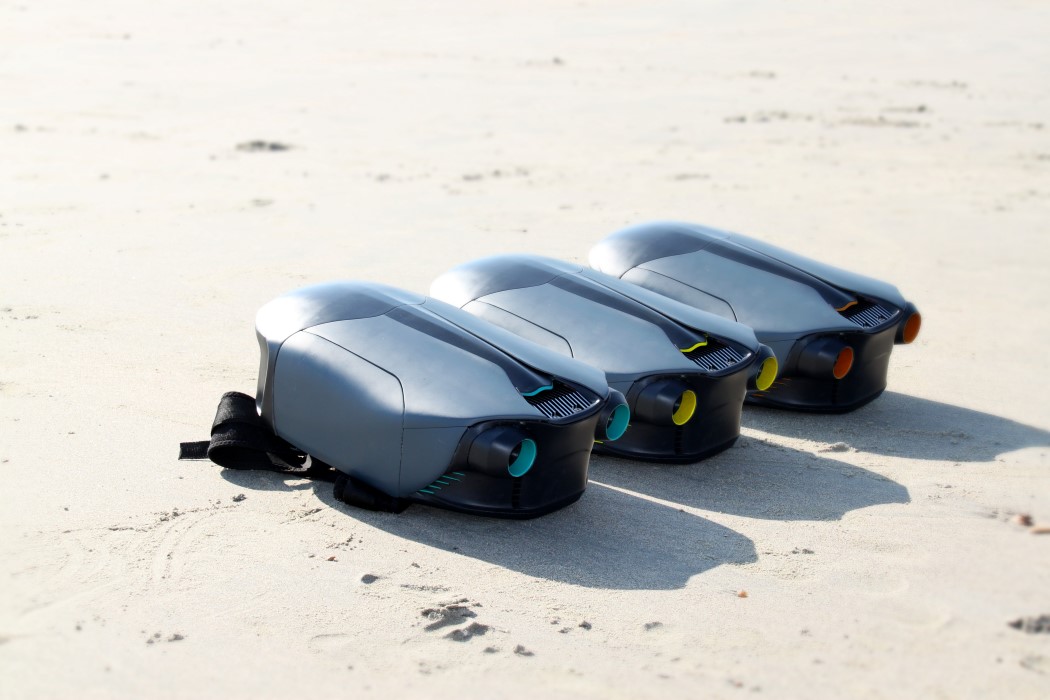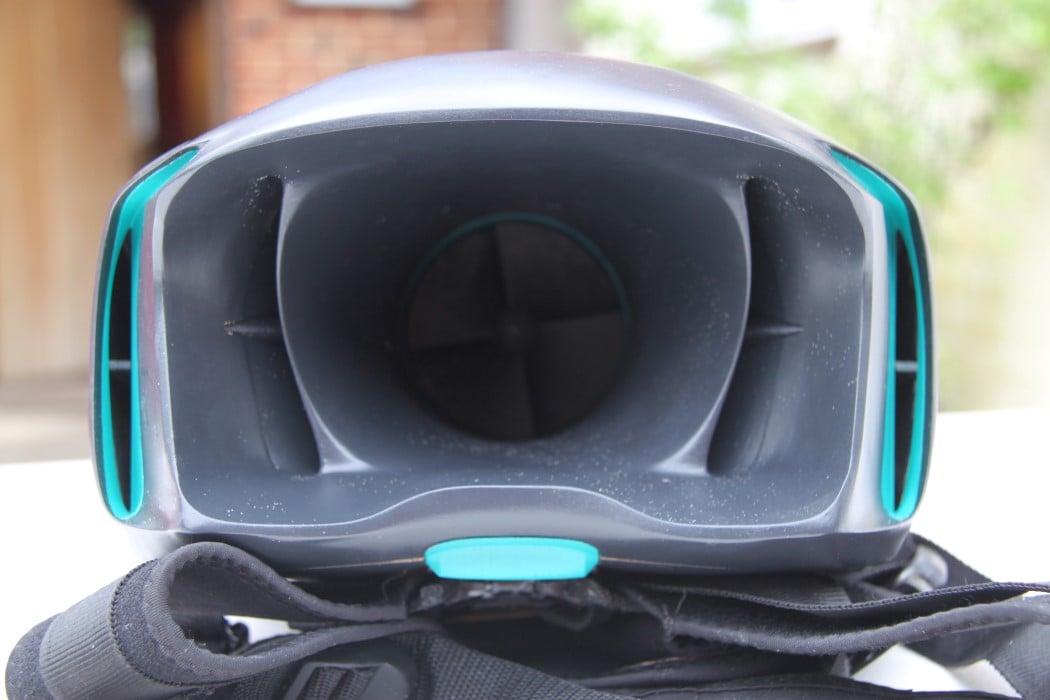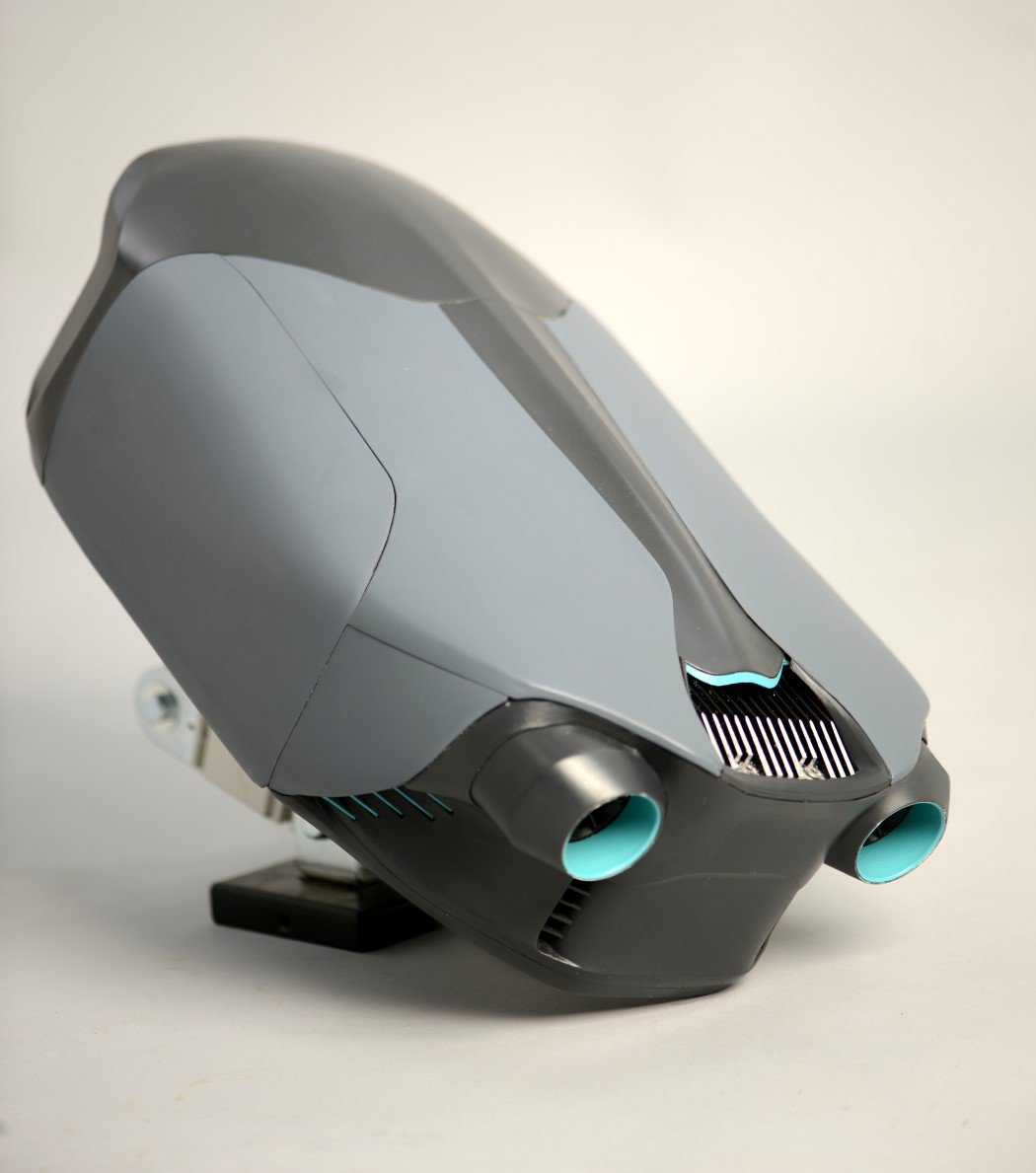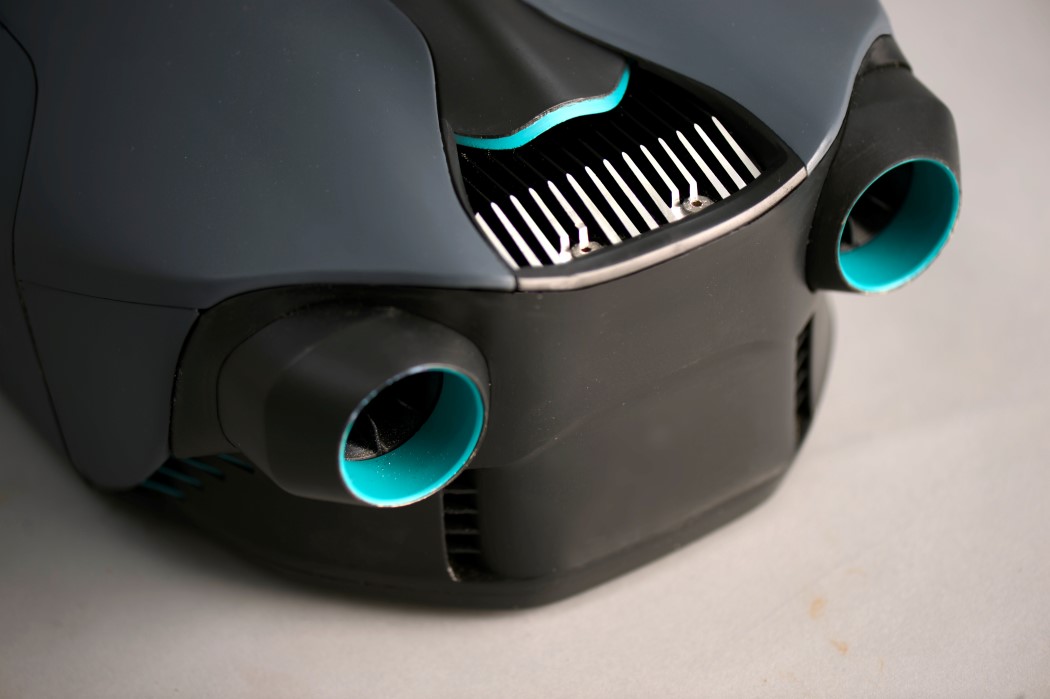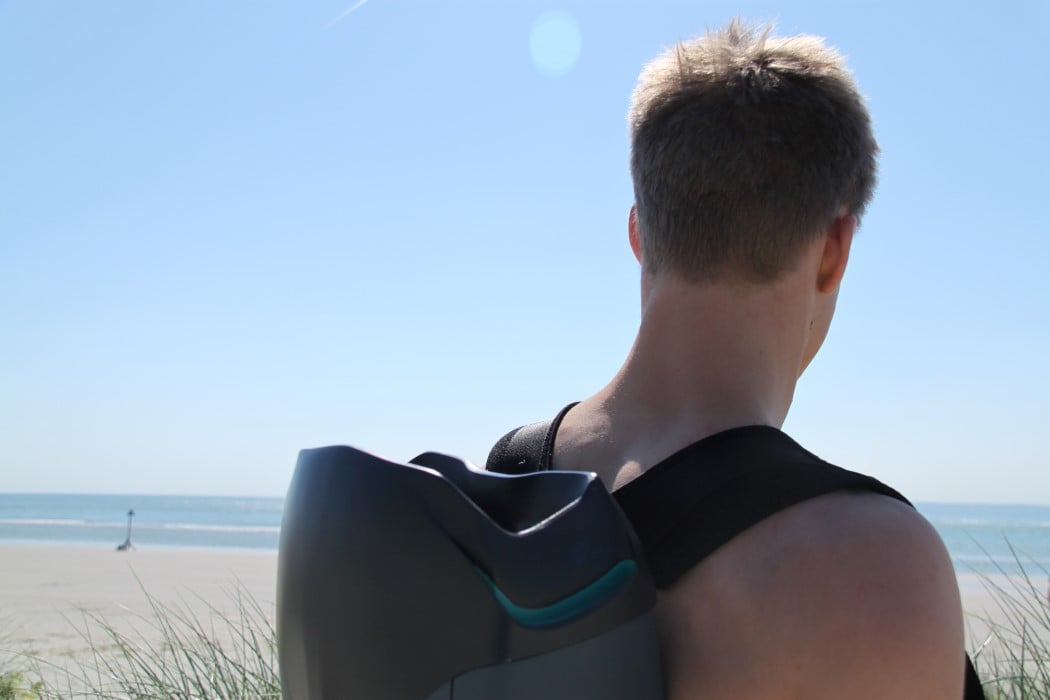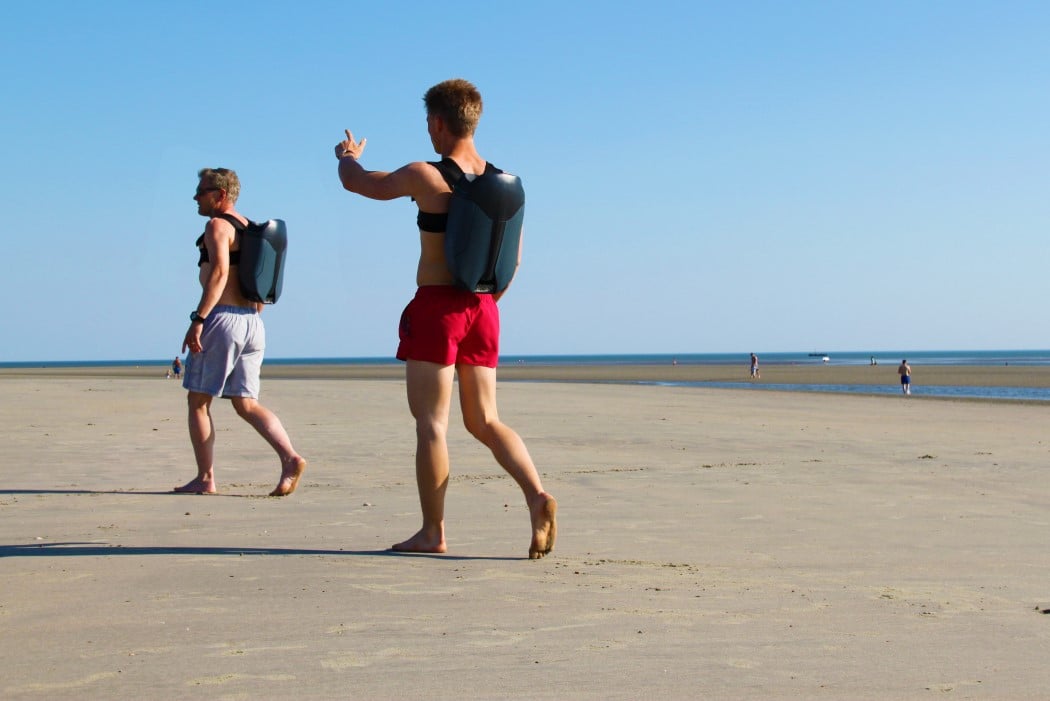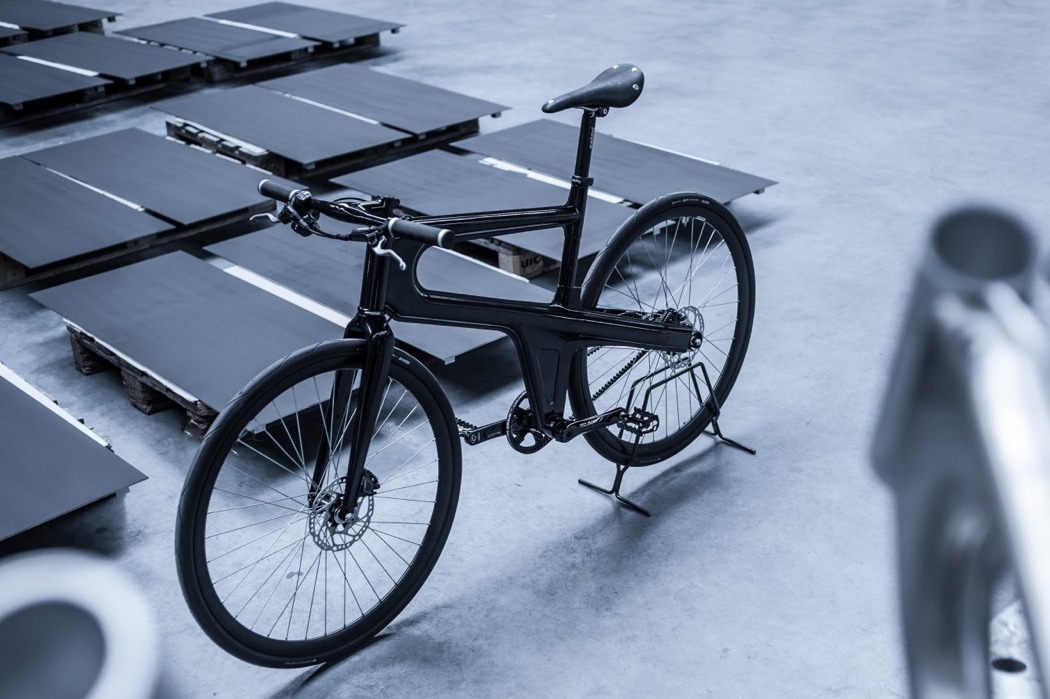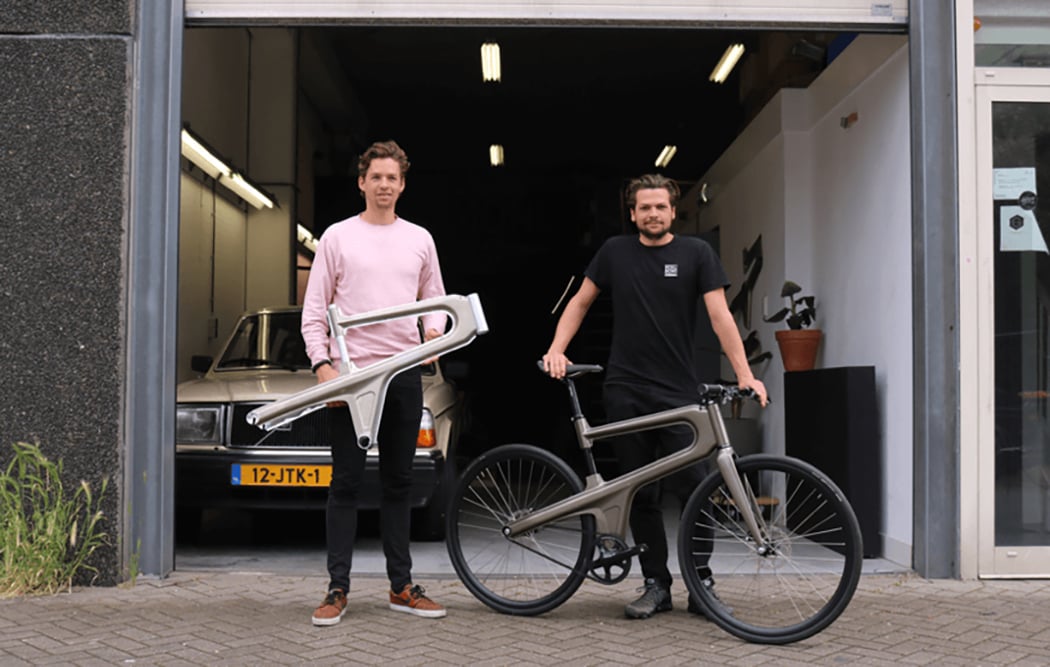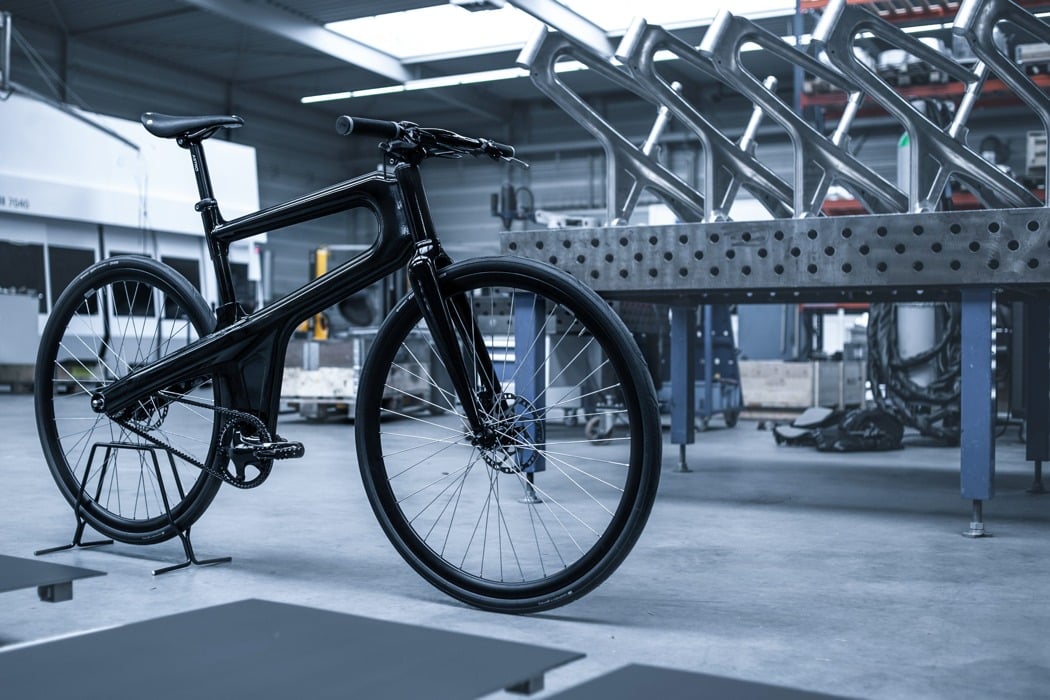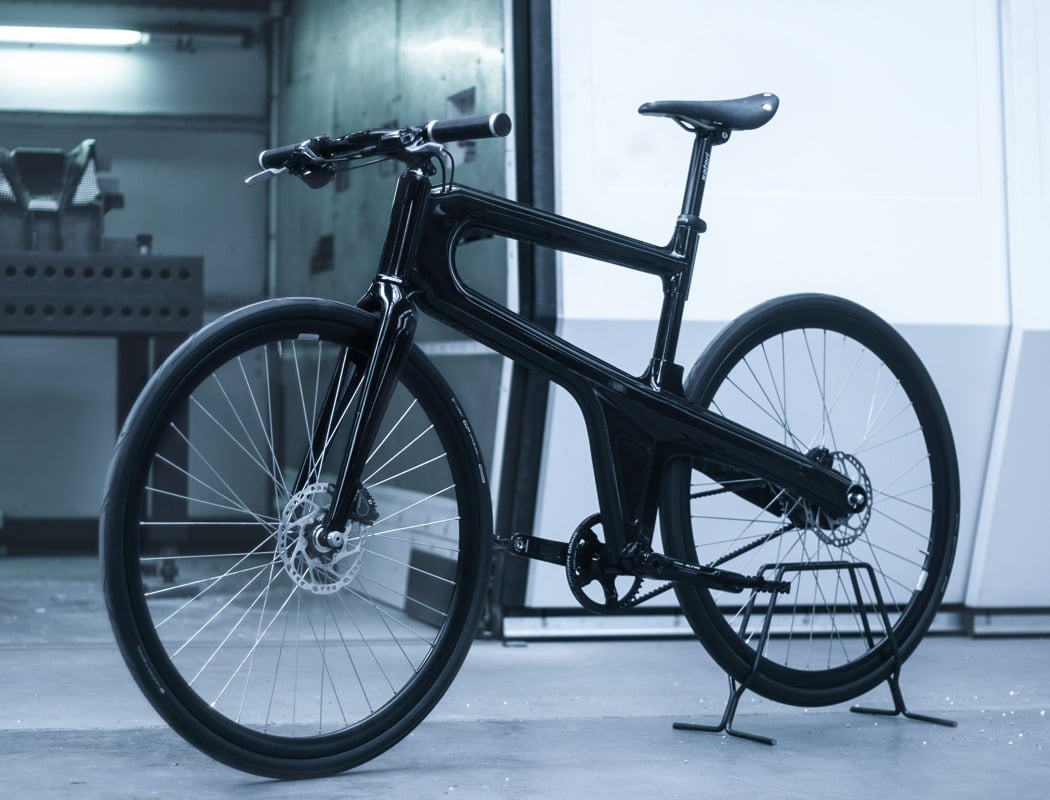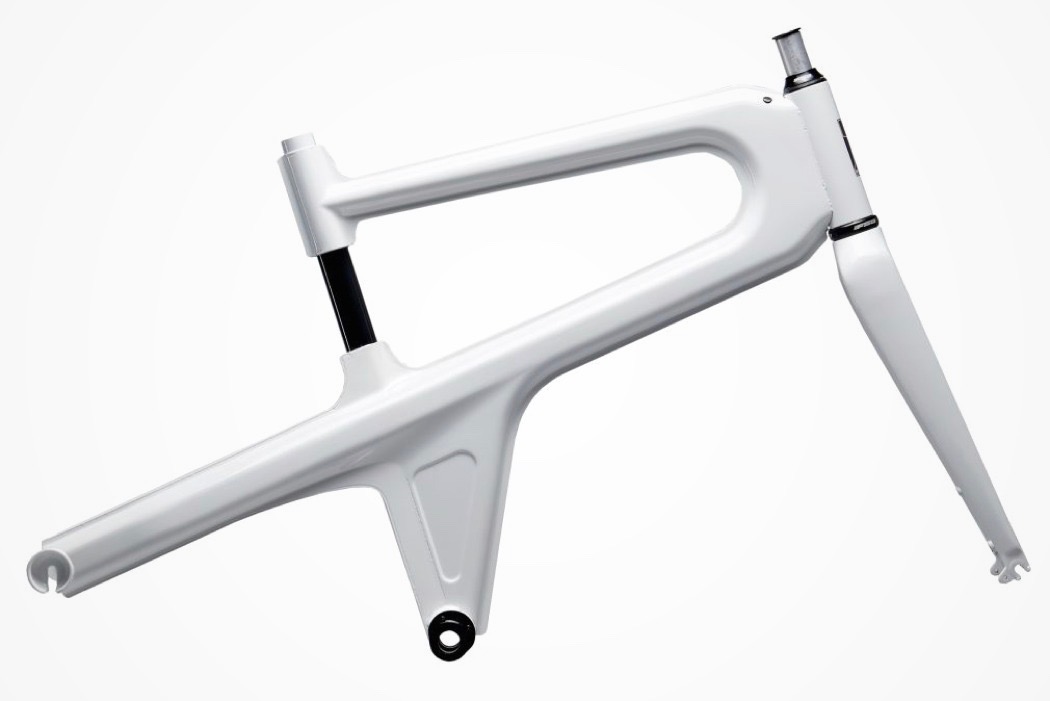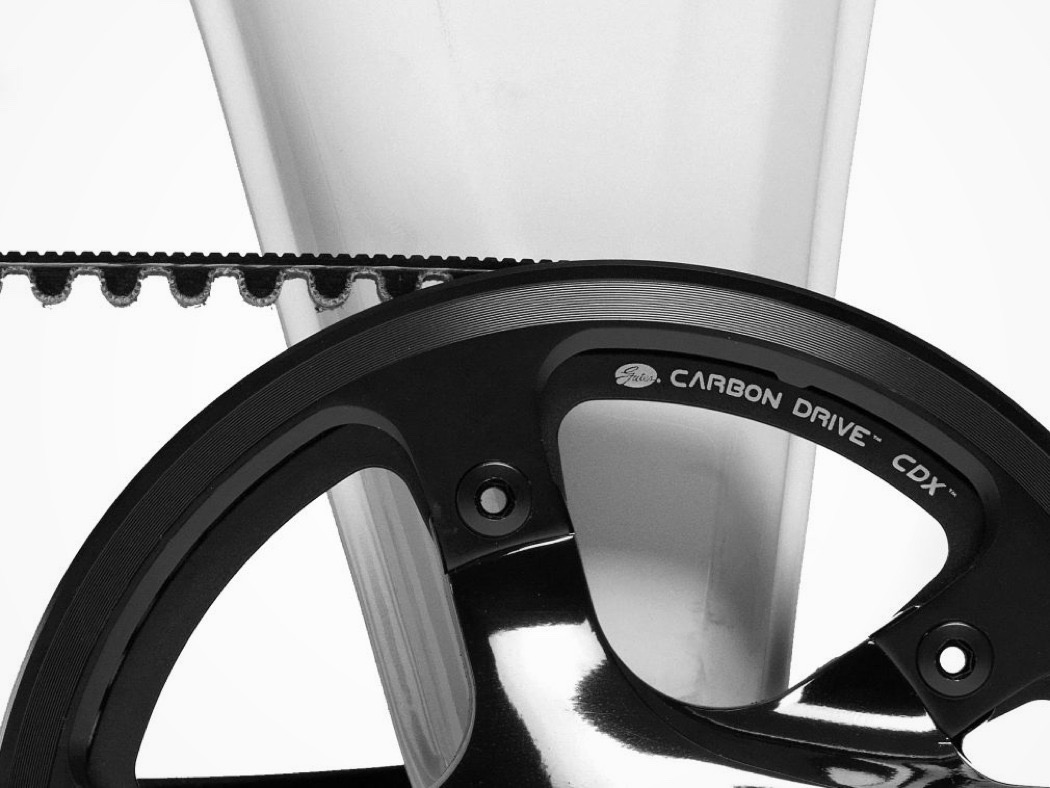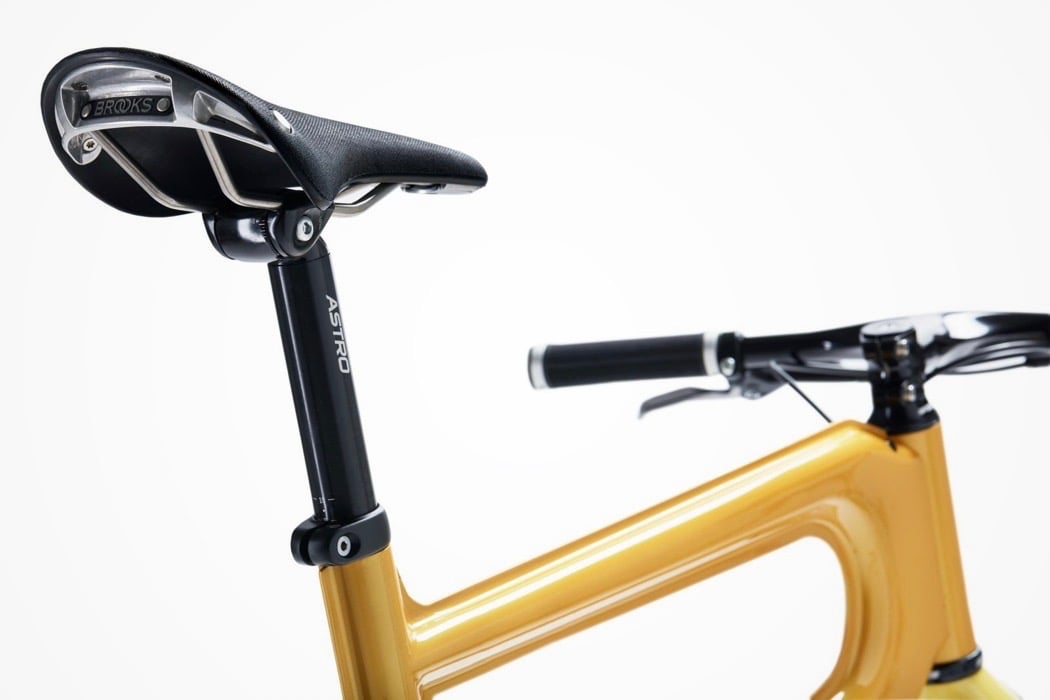
It’s 2018 and jetpacks are finally here, but they don’t really propel you in the air yet… Archie O’Brien’s Cuda, developed with 3D Hubs, is the world’s fust backpack-sized jetpack that propels you underwater!
Pulling water from the front and pushing it out the back with incredible force, the Cuda is a relatively tiny contraption that fits right on your back, and when triggered, gives you a boost, propelling you at the speed of 8mph underwater with no effort.
Enticed by the Seabob, a hand-held water scooter, Archie built the Cuda as a low-cost alternative to the otherwise $10,000 Seabob. Built with 3D Hubs (the massive online manufacturing facility), Cuda went from idea to prototype in just a year, and featured a new propulsion system altogether (as opposed to being a shrunken version of a jet-ski). Using the services and materials provided by 3D Hubs, Cuda has a metal-turned driveshaft, a CNC milled heatsink, a completely 3D printed body PLA plastic body, and a carbon-fiber dust infused polymer for the propeller that gives it high strength and low weight. All 3D printed parts are coated with an epoxy resin to improve their performance and integrity underwater, while all the electronics are placed in waterproof compartments, sealed with silicone.
Using the Cuda is as simple as controlling the speed with a hand-held remote, and the direction with your body. Made out of 45 3D printed parts that can be assembled in just near 10 minutes, the Cuda is patent pending and may go into production as early as 2019, from where it could be used for anything from entertainment to emergency… for now, Archie’s plans are to use the Cuda to swim alongside dolphins!
Designers: Archie O’Brien & 3D Hubs
